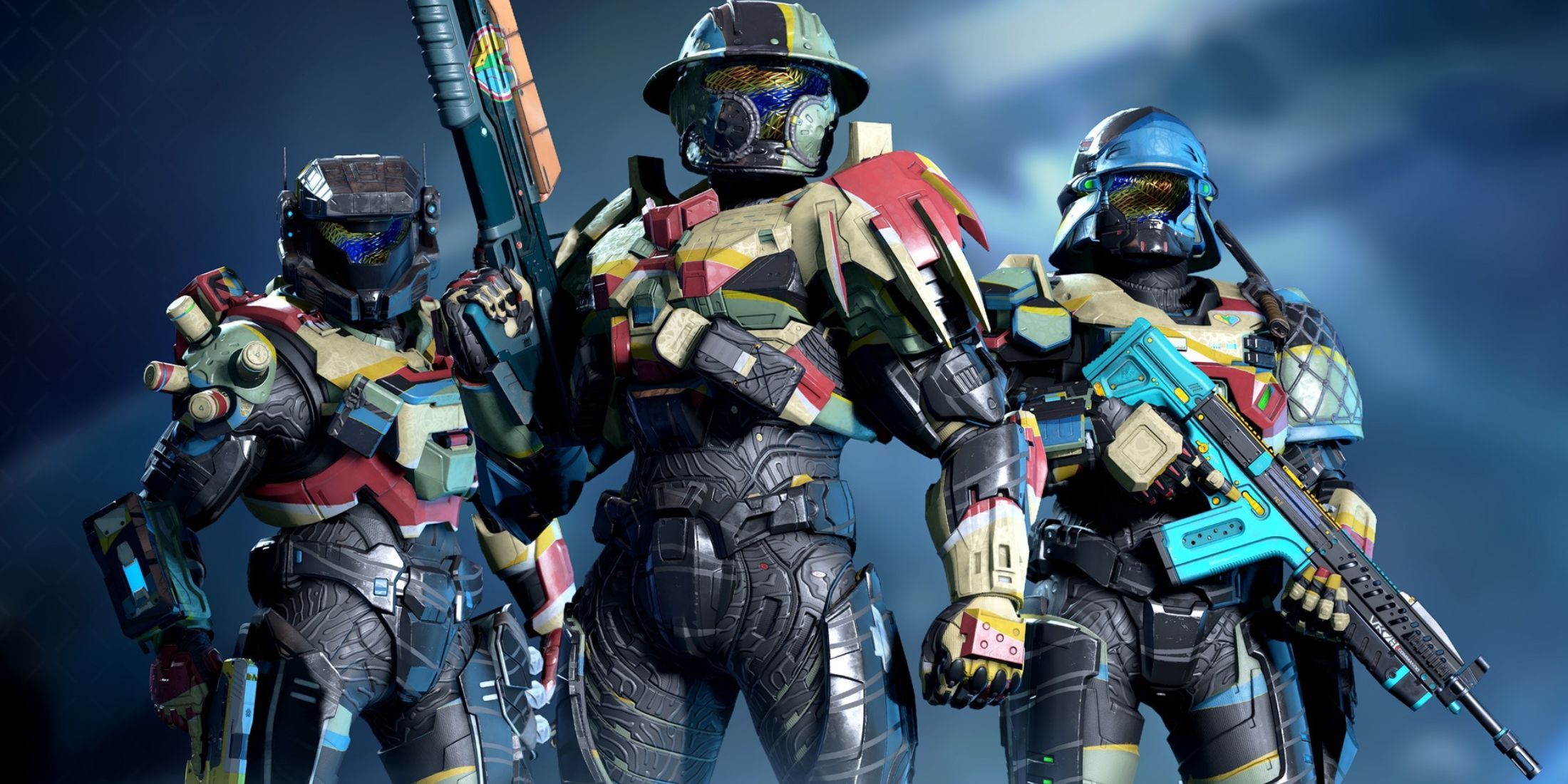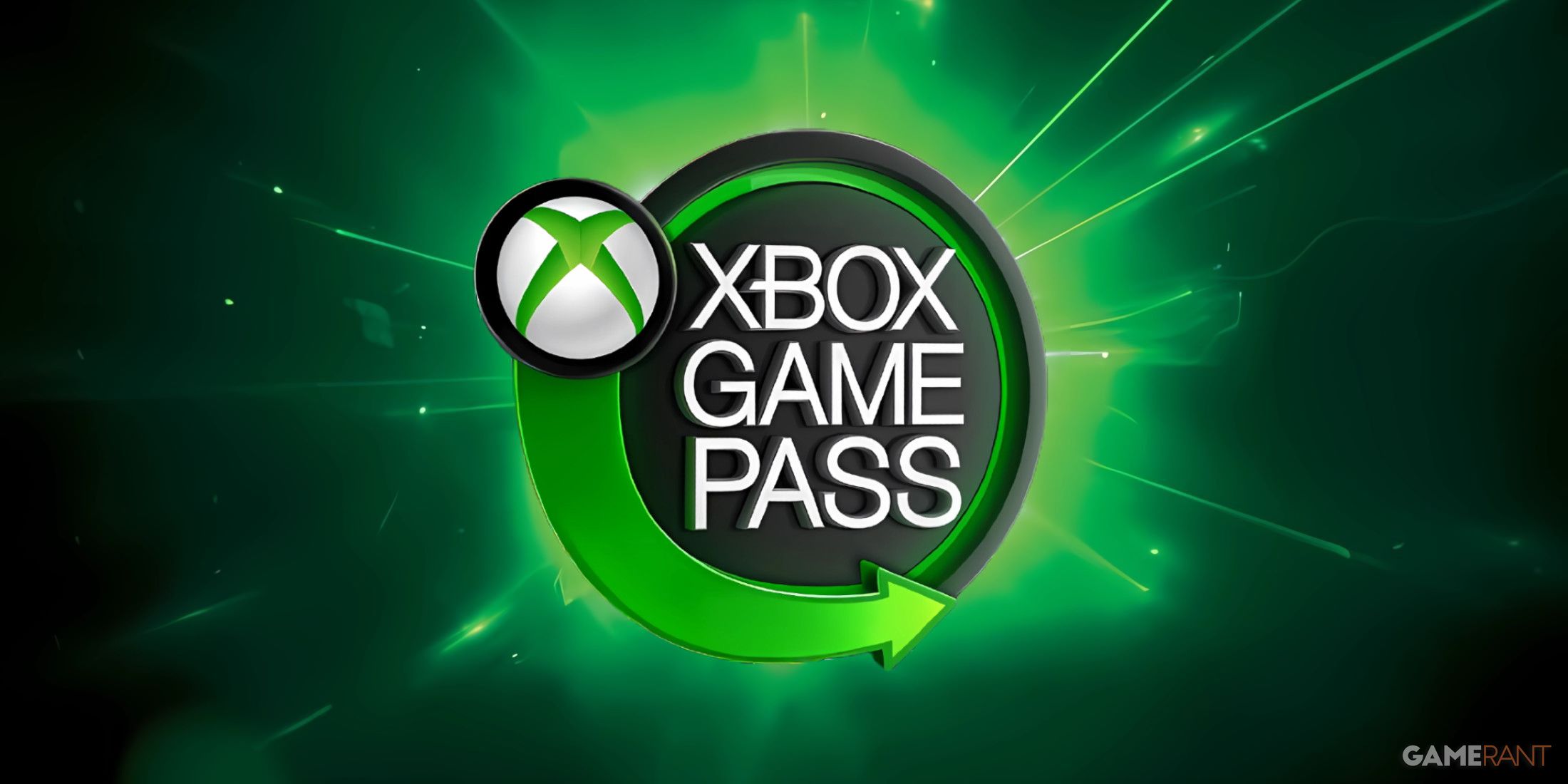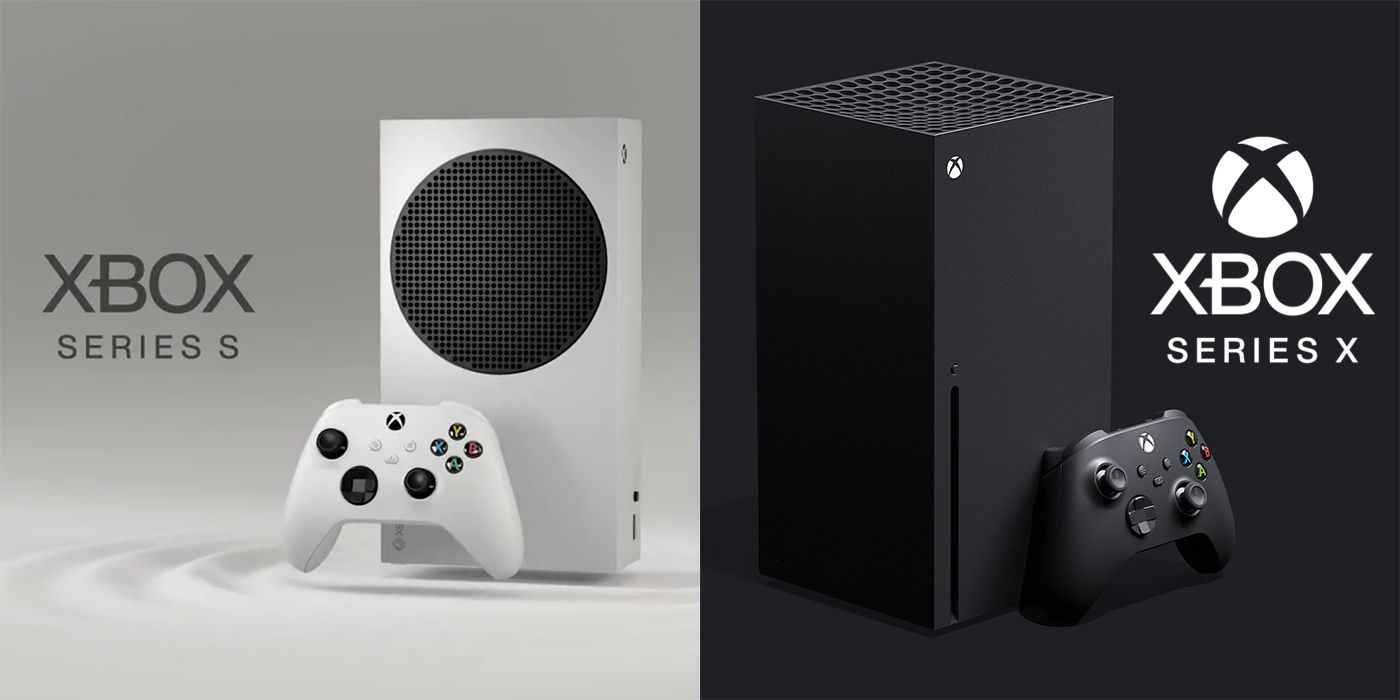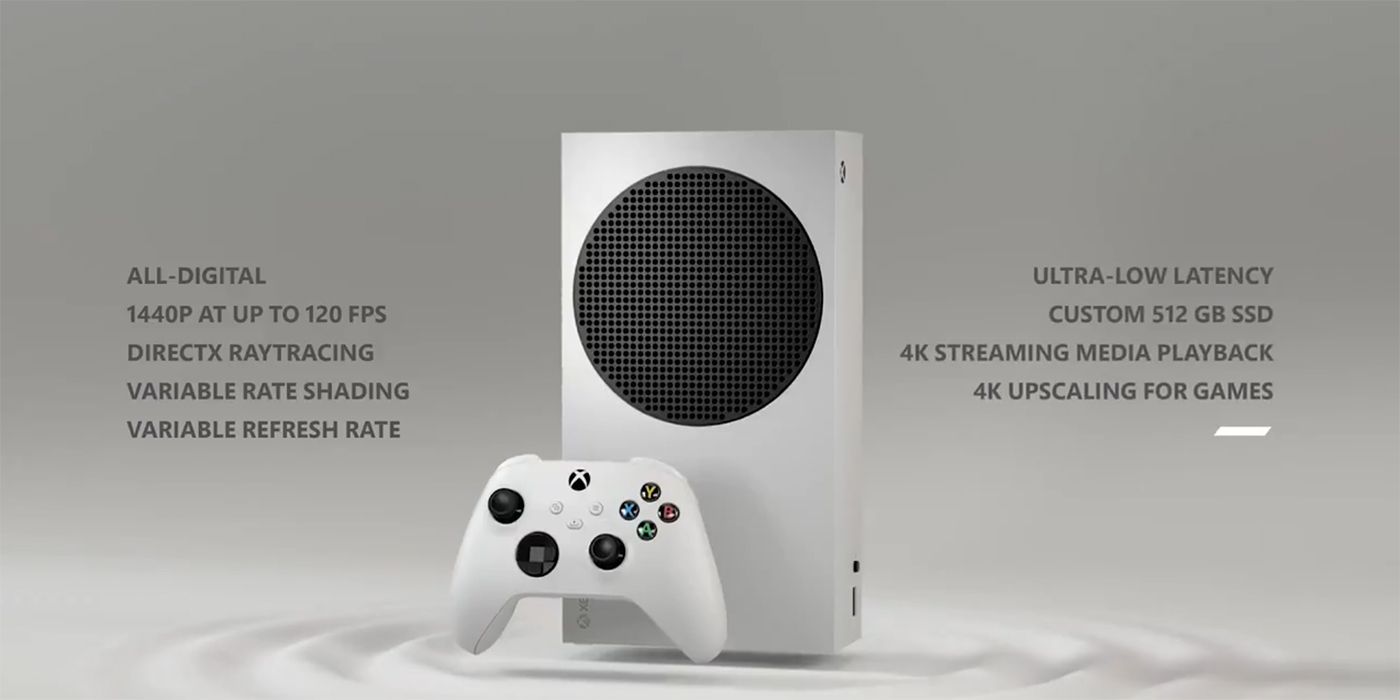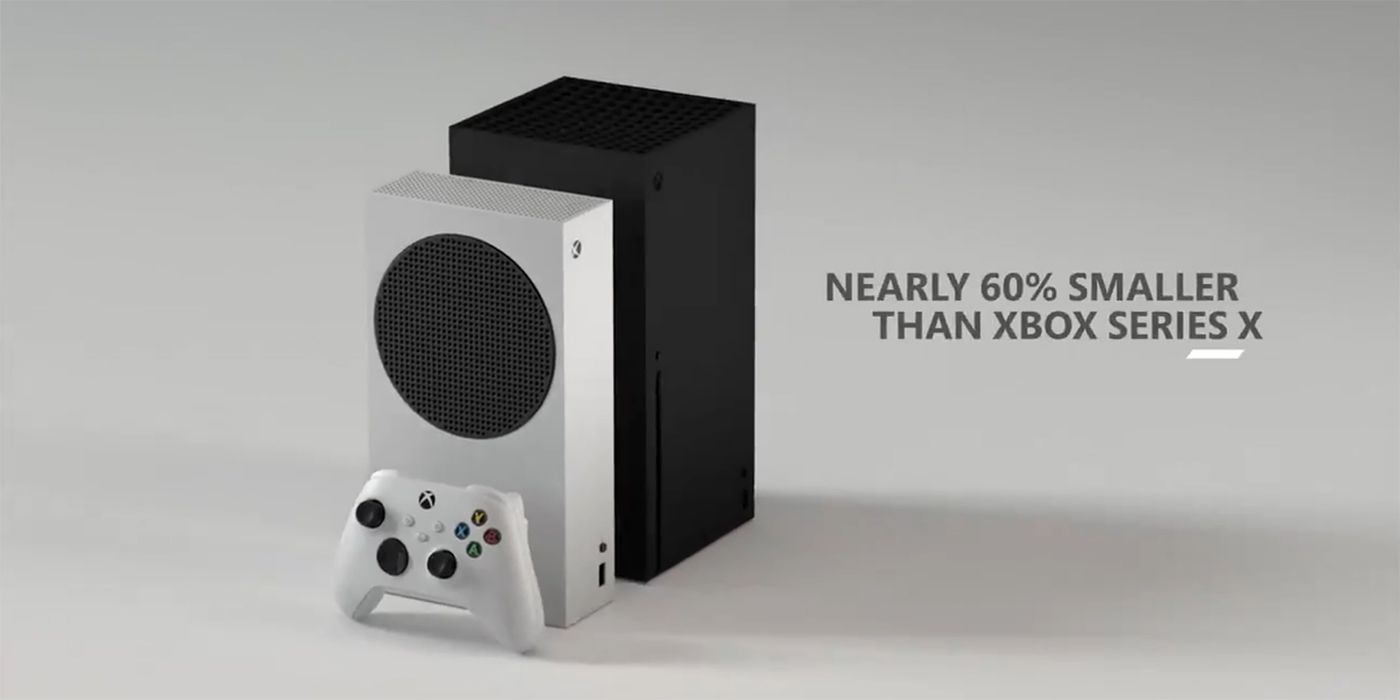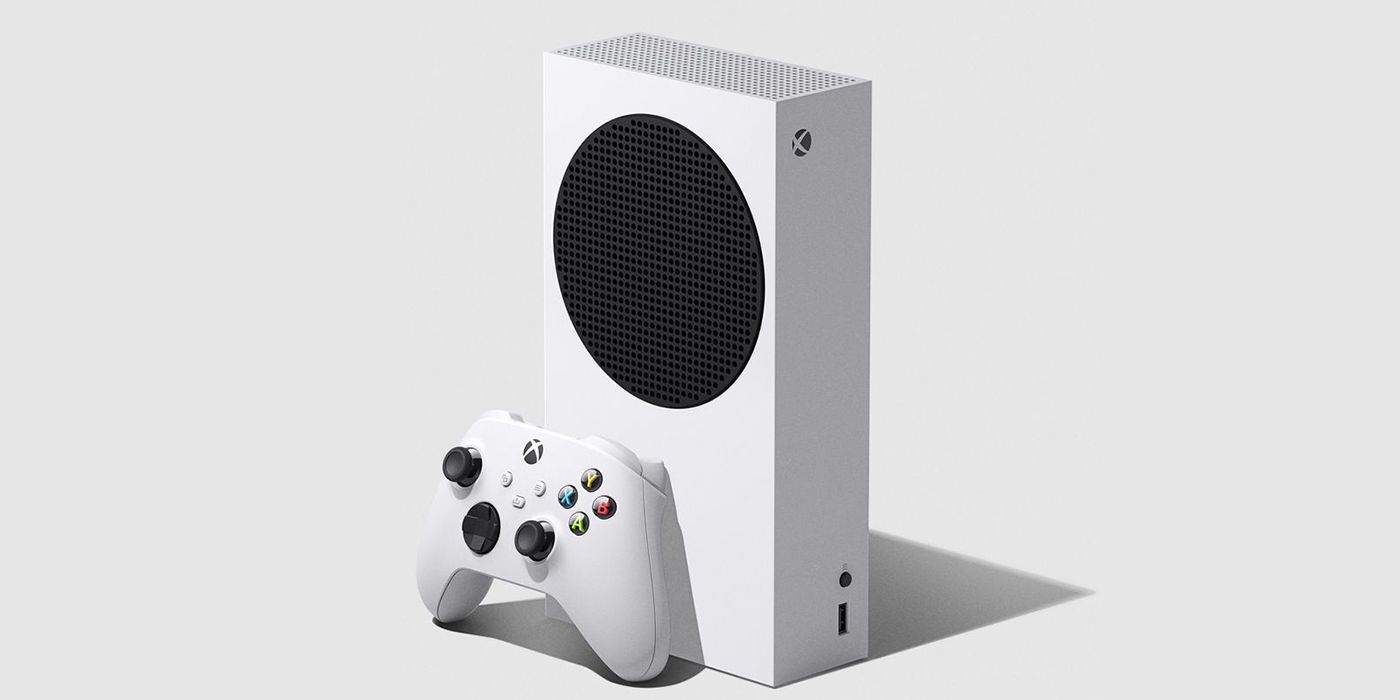Not exactly the best kept secret, but Microsoft and Xbox finally announced the long rumored Xbox Series S. Being billed as the "smallest Xbox ever" with next-generation performance, the Xbox Series S has proven all of the leaks were absolutely true. This is the budget Xbox for next-gen at $299, compared to the now-confirmed $499 Xbox Series X. While the term "budget" generally means less powerful technology, the difference between Xbox Series S and Series X isn't massive.
Microsoft has another Xbox presentation coming very soon, but considering the leaks about the console themselves were true, the leaked technical specifications are also very likely to be true. Xbox's official trailer for the Xbox Series S also confirms several tidbits of information from the specs, so for the sake of simplicity they will be considered accurate unless proven otherwise in the future. That being said, Xbox Series S actually leverages its lower price with a compromise that's genuinely worth considering among average consumers.
The Reported Specs of Xbox Series S
Back in August, after several leaks giving away the supposed purpose of an Xbox Series S, Tweaktown was able to source the technical specifications of the Xbox Series S. The main difference is the Xbox Series S utilizes a Navi RDNA 2.0 GPU, which powers up to four teraflops compared the Xbox Series X's Custom RDNA GPU that powers up to 12 teraflops:
- CPU/Processor: Custom Zen 2 8-Core 16-thread CPU (3.8GHz clock speed)
- GPU/Graphics Card: Custom RDNA 2 GPU (4 TFLOPS, 20 RDNA CUs with 1.55GHz clock speed)
- RAM Memory: 10 GB GDDR6
- Internal Storage: 512 GB Custom NVME SSD (utilizing Xbox's Velocity Architecture storage tech)
- Expandable Storage: Up to 1TB expansion card, as well as support for external hard drives (USB 3.2)
- Expected Performance Benchmark: Up to 1440p resolution @ 120 FPS
The basic gist is that both Xbox consoles are capable of utilizing the same processing power, with the only major difference being graphical fidelity. There are some other notable differences, mainly that the Xbox Series S is an all-digital console with a smaller SSD that clocks in at 512 GB, though the expandable storage support doesn't make this a huge problem. There's also slightly less RAM packed into the Xbox Series S, as well as having a "60% smaller" form factor compared to Xbox Series X.
Comparing Two Next-Gen Xboxes
While it's supposedly true that this will be the smallest Xbox ever, the technical differences between the consoles are significant, but only in areas that make sense. For starters, both consoles apparently have a very similar (if not the same) processor in the Zen 2 CPU. This is likely because the console is still designed to run all next-gen games, with only graphical down-scaling as the main compromise. Having the same processor in both consoles doesn't separate two different consumer bases entirely.
Other than that, Xbox Series S is a fully digital console, which isn't exactly polarizing nowadays but is worth noting. While the smaller hard drive could turn players away, there's plenty of expandable storage options The only place where the significant differences lie is in graphical power, which outputs up to 1440p/120FPS compared to Xbox Series X's 4K capabilities. This is the main compromise, but considering the $200 reduction in cost, this is perfect for anyone who doesn't mainly play games in 4K.
The Capability and Purpose of Xbox Series S
From what can be gathered from the specs of both consoles, Microsoft is going all-in on an approach that was developed for Xbox later on this generation. Rather than releasing a middling console now, and iterating later on, Microsoft and Xbox is coming right out of the gates with a two-tiered approach: the more powerful and definitive Xbox Series X, alongside the budget-friendly but capable Xbox Series S. The company's messaging right now is spot on from what many anticipated. The Xbox Series S is a graphically lesser console, but doesn't compromise the console's ability to play next-gen games.
So far, it seems to be a promising split between performance options. Those looking to jump into next-gen gaming on a much more attractive price, the Xbox Series S is almost perfect. The ability to play games is not inherently compromised by lesser processing power, and may only reflect varying degrees of graphical fidelity. If that's a non-factor for the average consumer, whether it's a gift for children or someone who doesn't usually play games, the Xbox Series S is a solid option. With a price division of $200 between Xbox Series X ($499) and Xbox Series S ($299), this was the expected and generally positive decision between Microsoft's next-gen Xbox consoles.
The Xbox Series S and Xbox Series X launch on November 10, 2020.

